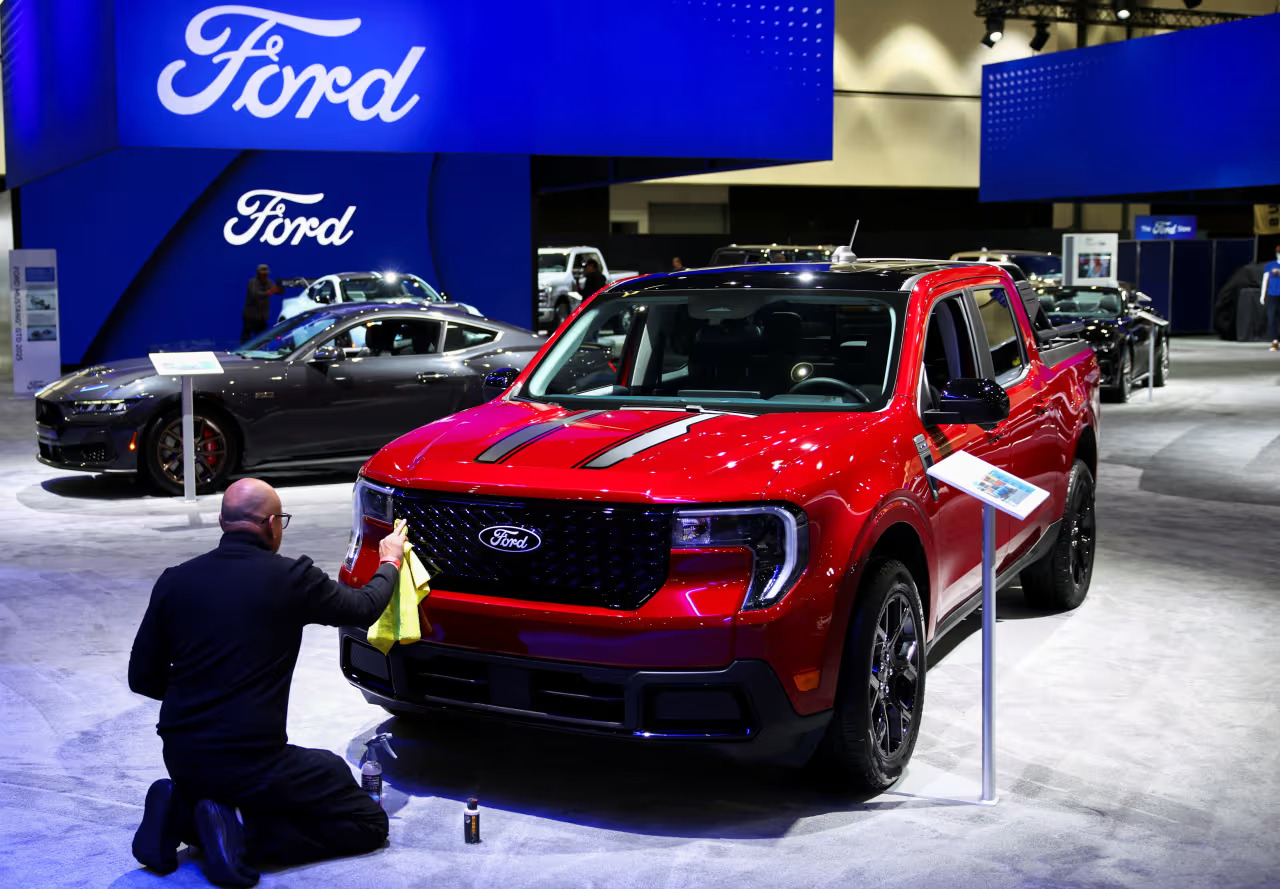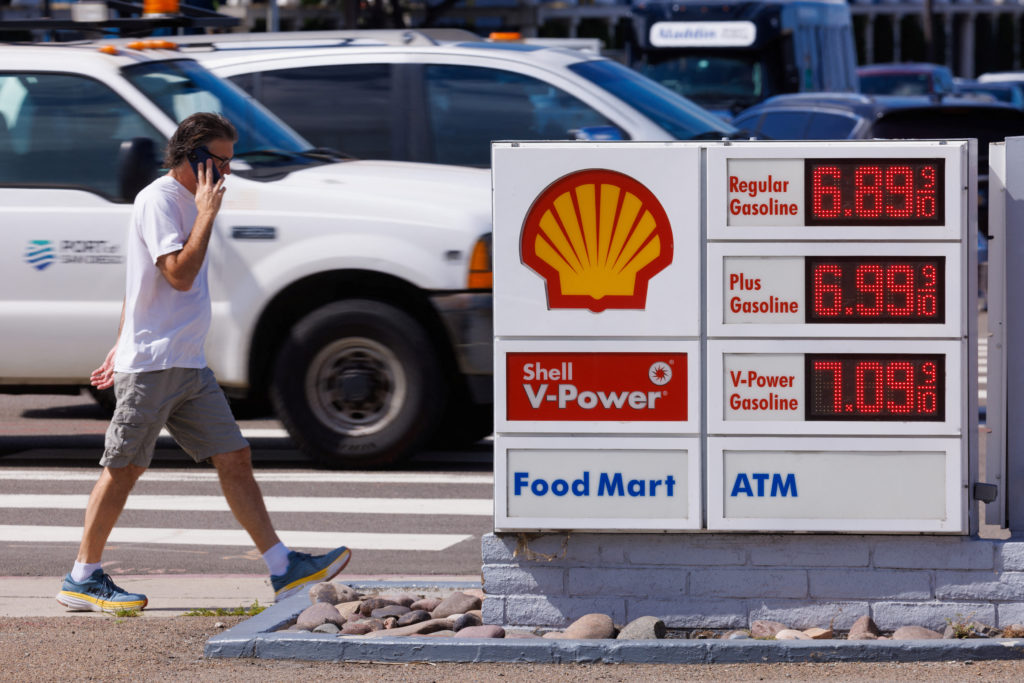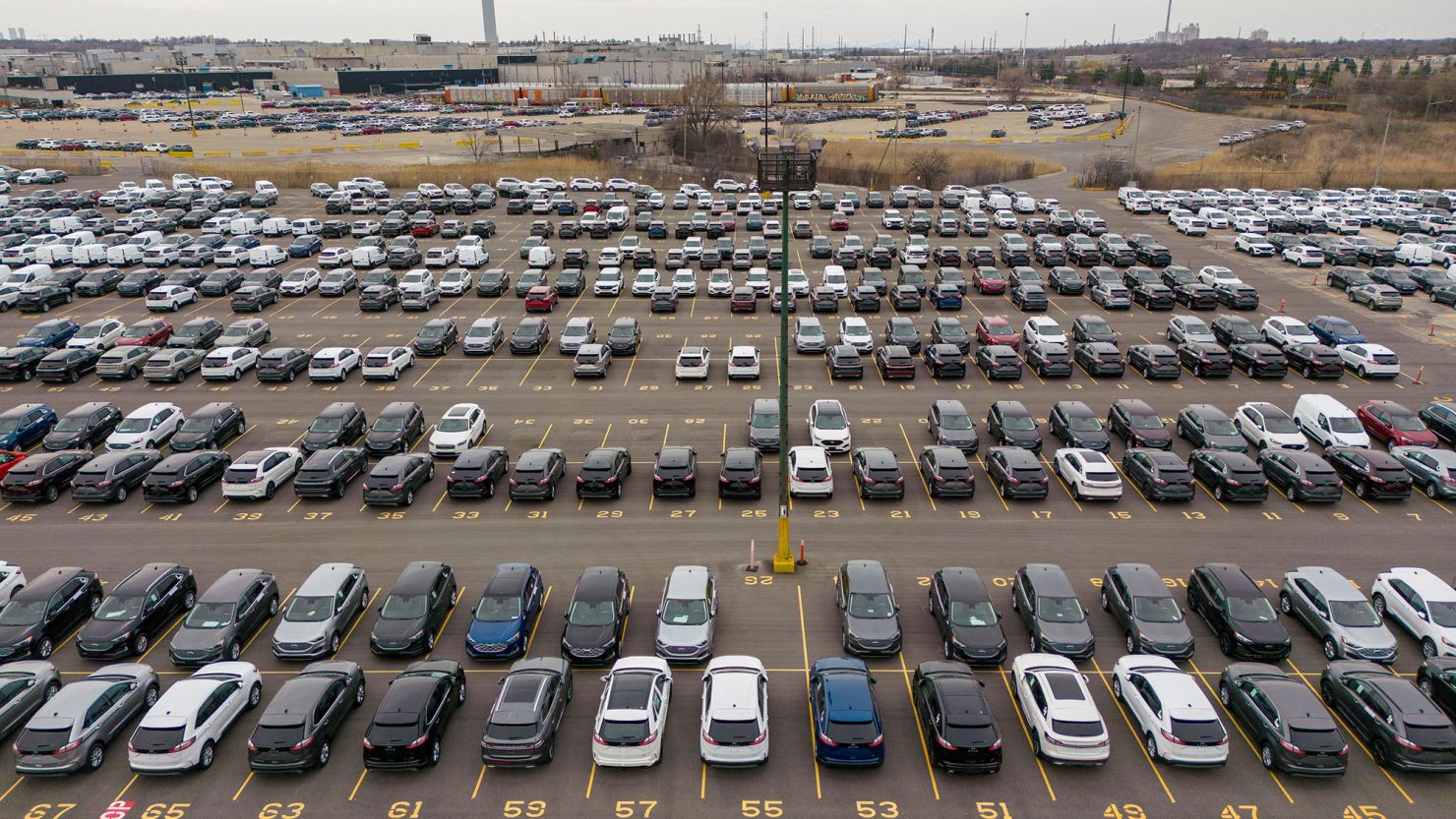The cost of owning a car in the U.S. has seen a significant increase in recent years. The overall expenses, including buying a vehicle, paying for insurance, fuel, maintenance, and repairs, have surged. In 2023, the average American driver spent over $12,000 annually on car-related costs, a sharp rise from under $10,000 in 2021. The AAA’s 2024 study confirmed this trend, revealing that the average cost of owning a new vehicle reached $12,297, marking an increase of $115 compared to the previous year.
Several factors contribute to the rising costs of car ownership. New vehicles have become more expensive due to their increased complexity and higher price tags. According to Edmunds’ Ivan Drury, the average transaction price for a new vehicle reached $49,327 in December 2024, a 27.6% increase from five years prior. Alongside this, repairs and parts have become more costly, and insurance premiums have spiked, partly due to higher maintenance costs and riskier driving behavior.
The Impact of Tariffs on Car Prices
The potential introduction of tariffs on foreign car imports, particularly from countries like Canada, Mexico, and China, could exacerbate the rising costs of car ownership. Experts caution that such tariffs would likely increase the prices of new cars and auto parts. Rob Bhatt from LendingTree explained that tariffs traditionally lead to higher consumer prices, and while the exact impact is uncertain, the general consensus is that they could make car ownership even more expensive for U.S. drivers.

While tariffs on Chinese-made vehicles may not significantly impact U.S. consumers due to the low number of Chinese vehicles on the market, tariffs on auto parts or broader goods could increase the cost of both new cars and replacement parts. Drury emphasized that such tariffs would drive up the prices for both new and used vehicles, worsening the financial burden on American car owners. Experts also suggested that tariffs on China might keep low-cost Chinese vehicles from competing with U.S., European, and Asian models in the short term.
In contrast, tariffs on vehicles produced in Mexico or Canada would have a more immediate and widespread impact on the U.S. market. These countries are significant players in U.S. car production, and any tariffs imposed could increase the cost of nearly all vehicles sold in the U.S. Drury pointed out that any such tariffs would result in higher prices for cars across the board. However, Karl Brauer of iSeeCars speculated that Trump may use the threat of tariffs as a negotiation tool without actually imposing them, to avoid the backlash of rising car prices.
Fuel Prices and the Threat of Tariffs
The cost of fuel is another major factor in car ownership expenses. Gas prices, which surged during the Biden administration, have somewhat stabilized but remain high. If Trump were to impose tariffs on oil-producing countries like Canada, gas prices could rise significantly. Patrick De Haan from GasBuddy explained that such tariffs could impact global oil prices, depending on how long they are enforced. However, De Haan also noted that Trump’s policies to boost domestic oil production could, in the long term, help lower prices by increasing the supply.

Car insurance premiums have also been steadily increasing, with premiums expected to reach a record high of $2,101 in 2025. These increases are attributed to higher crash rates and inflation, with insurers having to pay more for repairs and replacements. While premiums had been rising rapidly in recent years, LendingTree’s Bhatt suggested that they might stabilize in 2025 as crash rates and inflation begin to normalize. However, experts like Divya Sangameshwar warned that Trump’s tariffs could lead to another spike in insurance rates by raising the cost of replacement car parts, which are often imported.
Experts predict that unless measures are implemented to mitigate the impact of tariffs, U.S. drivers will likely face higher costs in the short term. Drury cautioned that without such countermeasures, tariffs on key car-producing countries like Canada, Mexico, and China would undoubtedly drive up the costs for both car owners and businesses, adding another layer of financial strain to U.S. households already grappling with rising living expenses.

